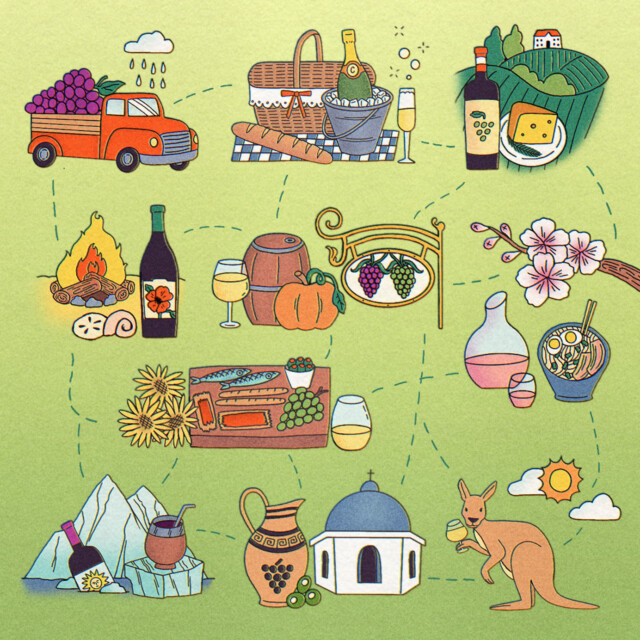
Wine has had a shaky start to the year, from the continued decline in sales to European wine’s uncertain future in the U.S. — and American wine’s future abroad — amid the Trump administration’s ongoing trade war. As wine prices might experience sharp increases in the coming months, it’s a better time than ever to go straight to the source.
Even though the category itself might be struggling, there are more interesting, up-and-coming regions to explore than ever before. A wine-focused trip no longer automatically means a day of tasting in Tuscany or Napa; instead, it can lead travelers to the hot springs of Japan’s northern island or even the stunning terrains of Patagonia. That’s not to discount more classic regions. Areas like Champagne and the Willamette Valley continue to evolve, making them worthy candidates for a revisit.
From breezy seaside destinations in California and Spain to the lush landscapes of remote Austria and Germany, here are our top 10 wine destinations for 2025.
10. Hokkaido, Japan
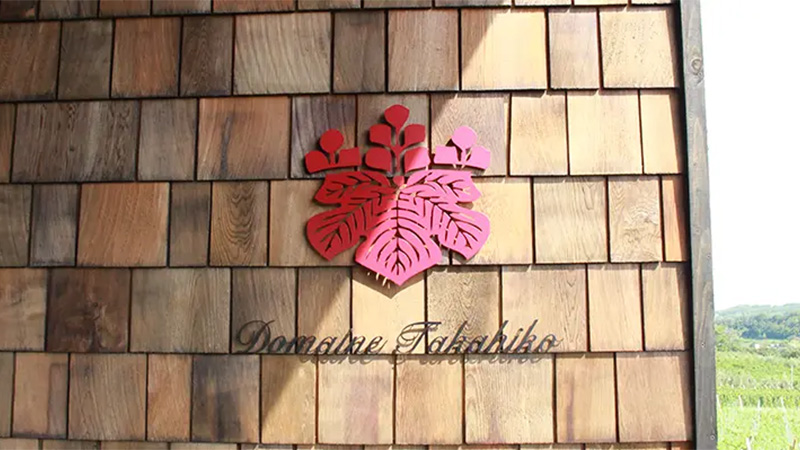
Japan might come across as an unexpected inclusion on a wine destinations list — it’s far better known for its luxury whiskies and artisanal sake — but as more wineries pop up across the country, it’s an exciting area to keep an eye on. Today, more bottles of Japanese wine are making their way stateside than ever before, but they are still relatively hard to come by. So why not fly halfway across the globe to taste some of the best wine the island nation has to offer in person?
Wineries are located across many of Japan’s distinct landscapes, but recently the northern island of Hokkaido has emerged as one of the country’s top wine regions. In addition to being globally renowned for its hot springs, skiing, dairy products, and uni, the area is home to Domaine Takahiko, an esteemed winery regarded as the country’s top estate. Although tourists might not be able to book a visit to Domaine Takahiko itself, there are other wineries in the region well worth checking out (and lucky visitors might find a bottle of one of its coveted Pinot Noirs at a local bar or restaurant). Some estates that provide tours and tastings include the Niseko Winery, a certified organic property that specializes in traditional-method sparkling wine, and Camel Farm Winery. The Nikki Hills Winery also offers winery tours, including an electric mountain bike excursion of the entire estate, and has a hotel on site, so guests can soak in the scenic vineyards from the comfort of their rooms.
9. Santorini, Greece
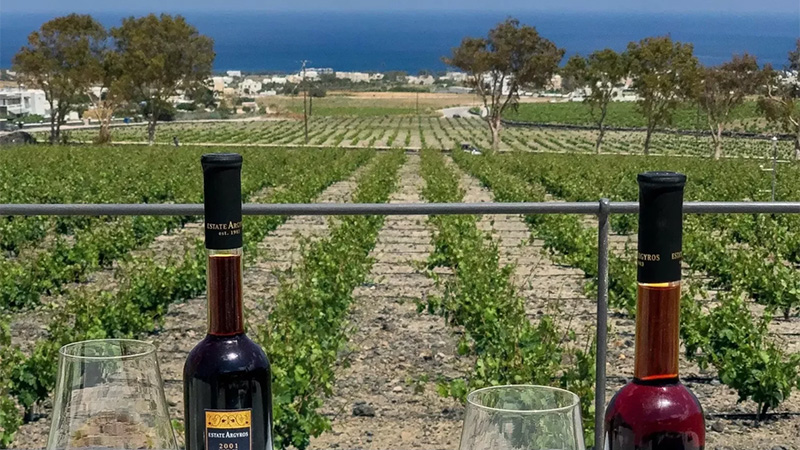
White wine is definitely having a moment this year, so why not head to a region known for its crisp, complex whites? (One that also happens to be a stunning beachside destination.) The relatively small island off the coast of Greece is primarily known for its production of the salty, textured Assyrtiko grape. Part of an archipelago of volcanic islands in the Aegean sea, Santorini’s winegrowing areas experience a dry, hot climate, intense winds, and benefit from layered volcanic soils. Due to the wind, winemakers train vines into spiral structures close to the ground to protect them. For those who have been to their fair share of sweeping Italian or French vineyards, visiting vineyards with basket-trained vines on lava soil offers a completely novel experience.
For winery visits, travelers can either book one of the island’s many tours, or hop around tasting rooms on their own time. Some estates to add to the hit list include Domaine Sigalas, where guests can book a tasting or a food and wine pairing experience, and Estate Argyros, where visitors can walk on the volcanic soil and explore some of the oldest vineyards in the world. Vassaltis Vineyards is a newer winery on the scene; founded in 2016, it’s a great spot for a four-course lunch and winery tour.
8. Clare Valley, Australia
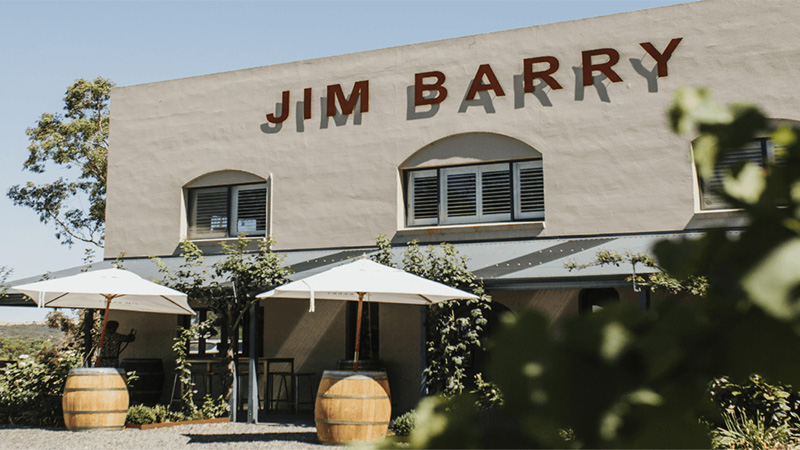
While Australia is primarily known for its bold, jammy reds, Clare Valley bucks that reputation with its zippy, dry Rieslings and more restrained, savory expressions of Shiraz. The area’s high elevations and intense diurnal shifts allow grapes to develop complex character while still retaining intense acidity.
The region’s most iconic estate is Jim Barry Wines, which helped put Clare Valley on the map as a world-class Riesling producer. The winery offers a number of immersive tasting experiences, as well as boutique accommodations at The Mill Apartments for those interested in staying on the property. Not only is this region a must-visit for Riesling lovers, but it’s also a top culinary destination with an abundance of destination-worthy winery restaurants. Slate at Pikes Winery, the Bush DeVine Winery Restaurant at Paulett’s, and the restaurant at Skillogalee Estate are all incredible options for sipping wine over a long vineyard lunch. For wine and cycling fanatics, there’s a 20-mile Riesling trail where bikers can stop at several different vineyards as well as snack at spots like the Little Red Grape Bakery, or even stop by the Clare Valley Art Gallery.
7. Styria, Austria
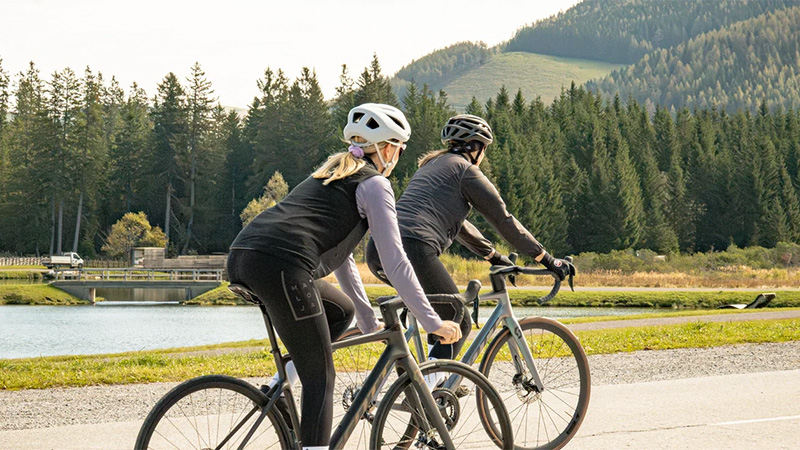
Vienna is probably one of the few major cities in Europe — or the world, for that matter — that doubles as a highly productive wine region. So it’s easy, and tempting, for vacationers to plan trips that entirely revolve around the metropolitan area. But it would be a mistake to overlook the rolling green hills of Styria, a region in southern Austria with scenic landscapes and distinct wines. Dubbed the “green heart of Austria,” Styria caters to those who like to intersperse their wine tastings with outdoor activities, with a number of mountains, forests, lakes, and glaciers to explore. Travelers can even combine these two interests on a bike tour of Eastern Styra’s wine roads.
A number of the area’s wineries also double as inns, including Tauss, a leading natural wine producer that has a pool, sauna, and spa for those who stay on the estate. Travelers can try more local wines and explore the area’s cuisine at bars and restaurants with great wine lists including Michelin-starred tasting menu destination Geschwister Rauch, Thaller wine bar, and Die Weinbank, a tavern with seasonal fare and a serious wine program — diners can even rent a locker to store their fine wine purchases, hence its name.
6. Patagonia, Argentina
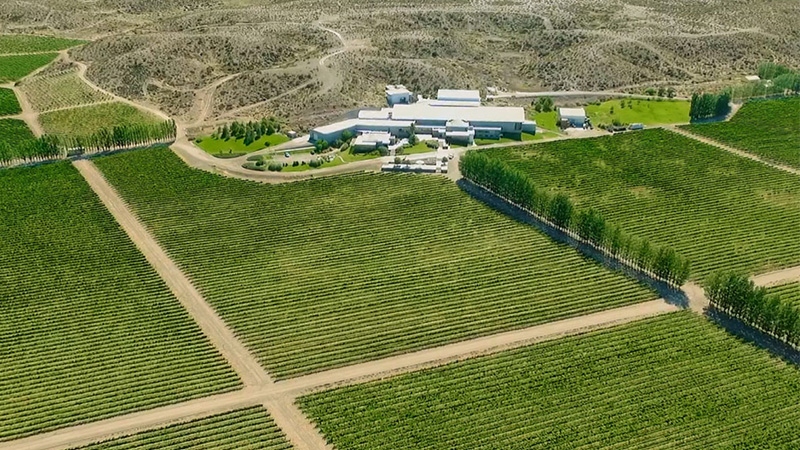
Let’s be real, wine probably isn’t the primary reason why travelers book a trip to Patagonia, but for oenophiles headed down to scale some of the world’s most gorgeous landscapes, it can’t hurt to add a day or two of wine tasting to the agenda. While bigger wine destinations like Mendoza are known for their lush Malbecs, the cooler climate Patagonia area specializes in stunning expressions of Pinot Noir and Chardonnay.
The Neuquén province, about an hour north of the city of Neuquén, houses the majority of wineries open to guests, and are all relatively close to one another so it’s easy to pop into a few. Be sure to book a tasting at Familia Schroeder as well as a lunch at the winery’s restaurant, which offers views over the vineyards. While it might be in the complete opposite direction, southeast of the city in the Río Negro province, Bodega Chacra merits a dedicated detour. Created in 2004 by Piero Incisa della Rocchetta — the grandson of the founder of Italy’s famed Sassicaia winery — Bodega Chacra harnesses biodynamic farming to craft impressive Pinot Noirs that rival top producers from around the globe. Those interested in visiting the estate can reach out to the winery directly via email to book a tour and tasting.
5. Basque Country, Spain
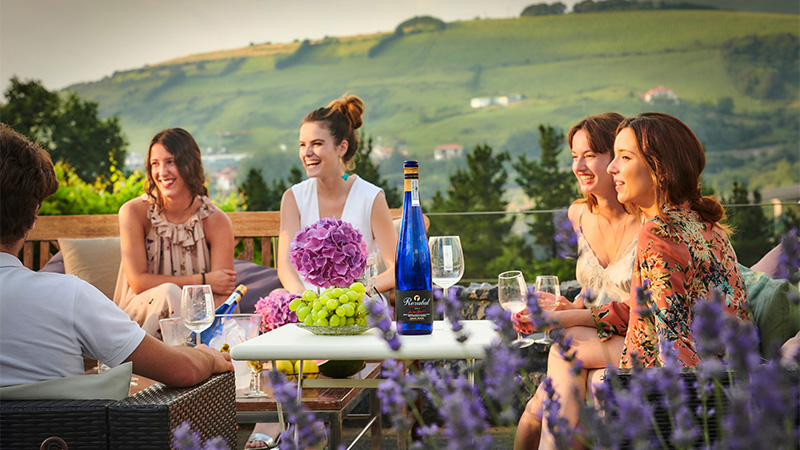
Bridging both Spanish and French culture, Basque cuisine acts as inspiration to many restaurants stateside, including NYC’s buzzy new spots like Eel Bar and Chez Fifi, and favorites like Ernesto’s and Txikito. While we enjoy nibbling on pintxos and slurping Txakoli on our home turf, it’s even better to enjoy them at the source and by the sea. Now it’s easier than ever to do just that, as United Airlines debuted a new direct flight from New York to Bilbao this year.
This region’s signature wine is Txakoli, a spritzy, light bodied wine best enjoyed when consumed from a porrón, a traditional pitcher that servers can pour from long distances that helps aerate the wine and make it extra light and fizzy. Produced from native grapes Hondarrabi Zuri and Hondarrabi Beltza, Txakoli typically falls between 9.5 and 11.5 percent ABV, making it the perfect low-ABV sipper to enjoy by the beaches of San Sebastián.
Travelers should focus on enjoying as many of the tapas bars and local cuisine as possible, given that San Sebastián boasts the most Michelin stars per capita in the world. But those interested in digging deeper in the local wine scene can also venture out to nearby wineries like Bodega Txakoli Rezabal and the iconic Ameztoi estate, which doubles as a hotel.
4. San Luis Obispo Coast, California
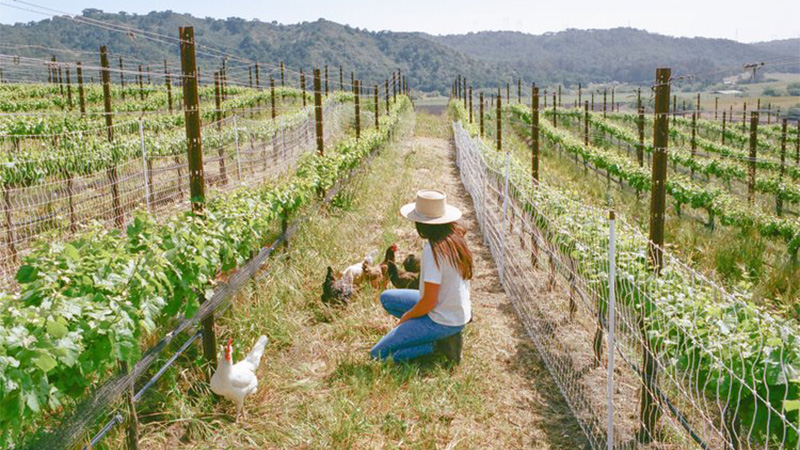
Officially established in 2022, the San Luis Obispo Coast (SLO Coast) is a relatively new California AVA, but the area’s cool-climate wines have garnered considerable attention in the past couple of years. Located between Santa Barbara wine country and Paso Robles, this area may have previously been skipped over on wine-focused road trips up the coast, but a couple of incredible new producers have made it a must-stop destination, just like the regions that border it. The wines from this area show impressive balance thanks to the vineyards’ proximity to the Pacific Ocean.
Downtown San Luis Obispo offers convenient tasting room locations for a few exciting wineries, including Dunites as well as Scar of the Sea and Lady of the Sunshine, which are separate projects from partners Mikey and Gina Giugni located in the same tasting room. The couple recently purchased the famed Bassi Vineyard — the most revered site on the SLO Coast — and make stunning expressions of Pinot Noir, Chardonnay, and Syrah alongside some more out-of-the-box offerings like an old-vine Palomino, a quaffable Alicante Bouschet, and a solera-aged white wine steeped with dried botanicals from their garden. Outward Wines (VinePair’s Next Wave Winery of the Year for 2024) also recently opened a by-appointment tasting room in the Grover Beach area showcasing its site-specific wines from across California’s Central Coast.
True to the region’s name, it’s right on the coast, so people can surf, hike, or chill out at local beaches between tastings. Ripe for exploration is the region’s vibrant bar and restaurant scene, from local wine and vinyl bar Jan’s Place to popular pizza haunt My Friend Mike’s. Need a break from wine? Check out the There Does Not Exist brewery, Sidecar for cocktails, or eat some blue corn waffles by the beach at Hidden Kitchen.
3. Ahr Valley, Germany
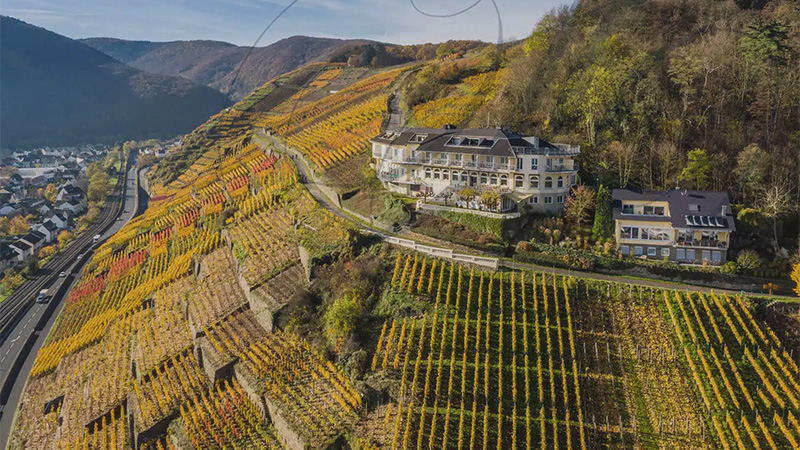
In July 2021, the Ahr Valley was devastated by flash floods that destroyed wineries, vineyards, and even the local rail system. While the region still isn’t completely back on its feet, it’s ready to welcome back visitors and even debuted a new slogan: “We AHR open.” So now’s the time to support Germany’s underrated and unique red-wine-focused region.
The Ahr Valley is a short stretch of land — about 15 miles — along the Ahr River, making it one of Germany’s smallest wine regions. It’s also one of the northernmost regions in Germany, known for its ample sunshine, stony soils, and rugged, hilly slopes. While Germany’s primary focus is white wine, this is one of the few areas that’s honed in on the reds, particularly Spätburgunder (Pinot Noir), Portugieser, and Dornfelder. For those looking to visit Germany but traveling with a red wine lover, this destination really brings the best of both worlds.
To fully experience the region, walk the 22-mile-long red wine trail to take in the scenic views and stop for a few wine tastings. The meandering path will bring hikers through seven small towns throughout the valley from Ahrweiler to Altenahr, with plenty of views and restaurants along the way. Since it’s a long journey, guests can opt to stay at a hotel on the trail to stretch it out over a few days. The Hohenzollern Hotel is perched on the hills overlooking the region’s vineyards, putting guests in the center of the action. For those less inclined to hike, the region projects that the rail line that provides a route between the area’s quaint villages will eventually reopen this year.
2. Champagne, France

As one of the world’s most renowned wine regions — conveniently located a relatively short drive or train ride from Paris — visiting Champagne isn’t exactly a groundbreaking concept. But as the threat of tariffs looms over the wine industry, 2025 feels like an opportune moment to venture across the Atlantic and sip sparkling wine straight from the source.
Champagne has also gone through a reckoning of sorts over the past few years — as demonstrated by the many booms and busts in the category’s sales stateside. Though it’s faced several challenges (climate change, waning consumer demand), these hardships have pushed the region to evolve, making it potentially one of the best times to visit Champagne in recent history.
Most winery visits are by appointment only, so plan accordingly. Kick off the trip at a few of the Grand Marquis that offer tastings and tours, like Billecart Salmon, Gosset, Telmont, and Tattinger, as well as slightly smaller estates like Eric Rodez and Famille Mousse. While it’s rare for grower-producers to accommodate visitors, some winemakers, like Champagne Pierre Paillard in the aptly named Bouzy, are starting to accept bookings. Ruinart also recently debuted a stunning public garden and new Nicolas Ruinart Pavilion — complete with a Champagne bar, of course — where guests can roam a tree-lined walking path and glimpse at the winery’s ancient Roman chalk caves, which are a UNESCO World Heritage site.
While many of the smaller Champagne producers don’t have estates or tasting rooms to visit, there are plenty of opportunities to try local wines at the bars and restaurants in Reims, a historic city in the center of the region. Wine bars like Le Pressoir and Le Coq Rouge offer great selections; for a classic experience check out the Glue Pot; and for stacked burgers and killer bubbles in a casual setting (what more could one want?) head to Sacré Burger.
1. Willamette Valley, Oregon
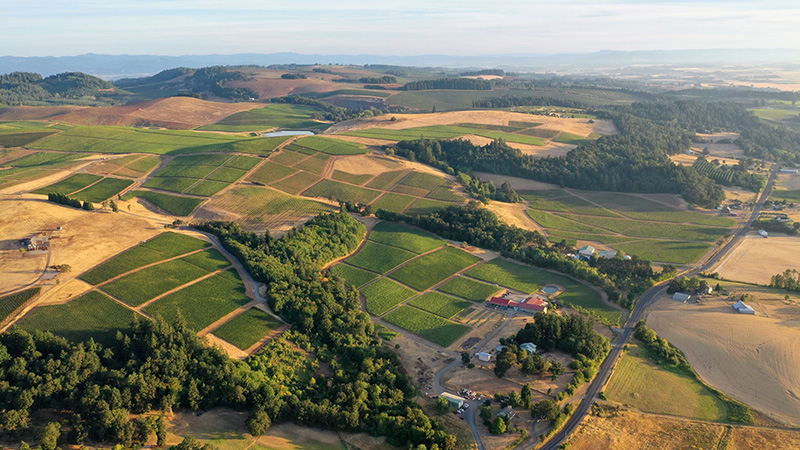
The Willamette Valley earned its reputation as a top U.S. wine destination thanks to its high- quality Pinot Noirs. But over the past few years it has evolved. Visitors will still readily find an abundance of earthy, juicy Pinot here, but the region is booming with diverse projects that celebrate a wide range of grapes, from Chardonnay and Gamay to Syrah and Chenin Blanc. This year, pay the Willamette Valley a visit (or revisit), and rethink what Oregon’s premier wine region has to offer.
Located just a one-hour drive south of Portland, the Willamette Valley stretches about 120 miles along the path of the Willamette River, bordered by the Cascade mountain range and the Oregon Coast Range. The region generally experiences a cool, maritime climate, but the growing conditions differ across each of the valley’s 11 sub-AVAs, giving each a distinct identity.
Before visitors even reach wine country, they can start their trip with wine tastings in Portland, with many wineries operating rooms conveniently located in the city. Options include Division Winemaking Company and Teutonic Wine Company. Heading into the valley, the range of quality wineries to visit is so robust, it can almost seem overwhelming. Build plans around a mix of benchmark producers as well as interesting new projects, from Eyrie Vineyards and Cristom to Cho Wines, Day Wines, and Ricochet Wine Co. For those interested in veering even farther off the beaten path, head to Johan Vineyards in the Van Duzer Corridor, one of the Willamette Valley’s most recently appointed AVAs. The biodynamic property’s tour features a hike through the vineyards to say “hi” to the estate’s adorable sheep.
As a cool climate region that grows Pinot Noir and Chardonnay, the Willamette Valley naturally also produces compelling sparkling wine. This year, the region launched Method Oregon, an association of producers including Lytle-Barnett, Argyle, and Soter, dedicated to making high- quality sparkling wine. To celebrate the pioneering winemakers behind this movement, Method Oregon organized a tasting event that’s sure to be a top destination for all U.S. bubbly enthusiasts this summer.
